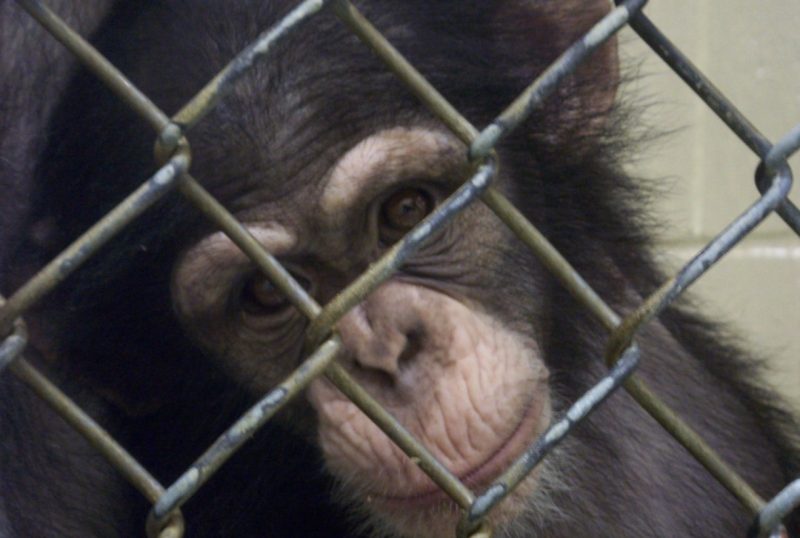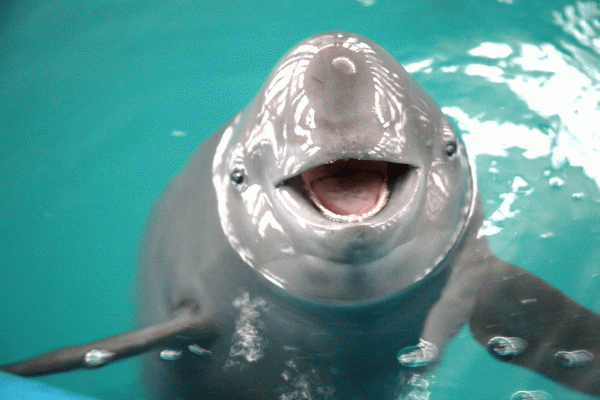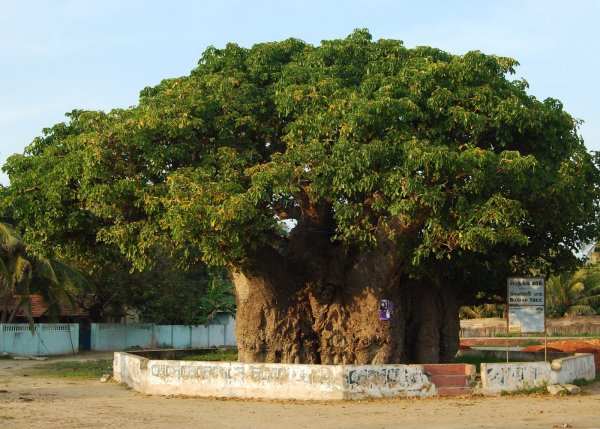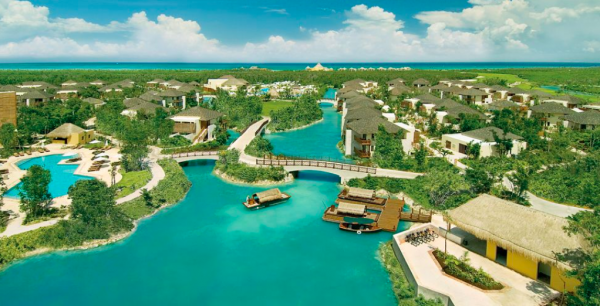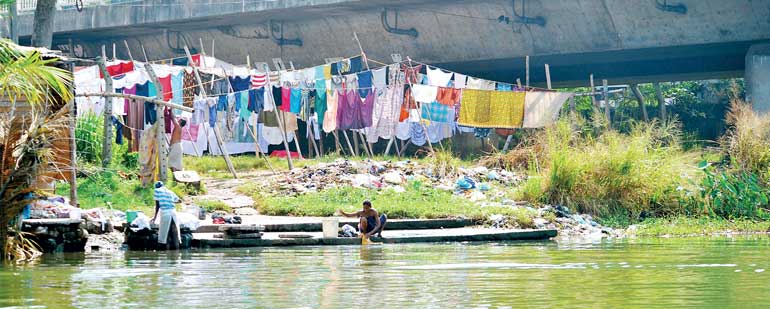
During the early hours of 31 December 2015, while the world was preparing to usher in a new year, the Muthurajawela lagoon was struck by disaster. Oil, approximately 52,000 litres of it, leaked into the lagoon from a corroded pipeline, choking the area with kerosene.
Muthurajawela is known as Sri Lanka’s biggest saline wetland, “home to purple herons, cormorants and kingfishers.” Incidentally, the recent oil leak comes only months after Sri Lanka became the first country in the world to protect all its mangrove forests. It goes without saying that the natural environment took a devastating hit.
What’s The Damage?
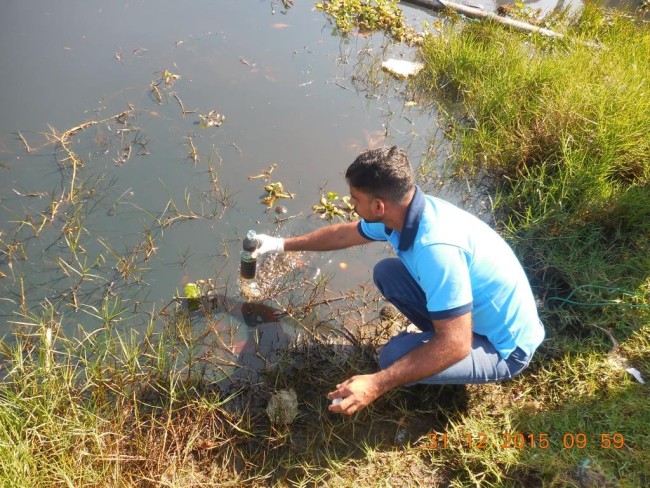
MEPA claims there is nothing left to clean up while others may beg to differ.
According to environmentalist Thilak Kariyawasam, the cost to the flora and fauna in the area is high. “There is no way you can compensate for damage to the environment,” he said. The flora especially, including several water plants important to the biodiversity of the area, have been badly affected.
Although the Marine Environmental Protection Authority (MEPA) claims that there is nothing more to be removed, Kariyawasam explained that it is difficult to assess the damage to the environment this early on. “We will be able to tell only over the next three months the toll this oil spill has had on the vegetation. These things take time to show,” he explained, adding that “we need to conduct a damage assessment, and we will only be able to report on it in a few months’ time.”

That’s oil, floating around in the water.
According to Kariyawasam, how fast the area gets cleansed depends on how much rainfall we get. “We are expecting rain. If it rains, the recovery process will be faster. If the rain is delayed, even the plants will not recover,” he said, adding that “while the oil has been partly cleaned and the damage stopped, I feel the cleaning process is not at a satisfactory level.”
What Really Happened?
According to the Chairman of MEPA, Rear Admiral Rohana Perera, the leak was reported by locals. He explained that the culprit was a corroded joint of a pipeline carrying oil from ships to the storage facility at Kerawalapitiya. He added that the Ceylon Petroleum Storage Terminals Limited (CPSTL) has temporarily repaired the pipeline. “A permanent repair is yet to be done,” he said. “The CPSTL has to inform us when they make the repairs so that we can monitor them. We can expect more spillage during the repair,” Perera said.
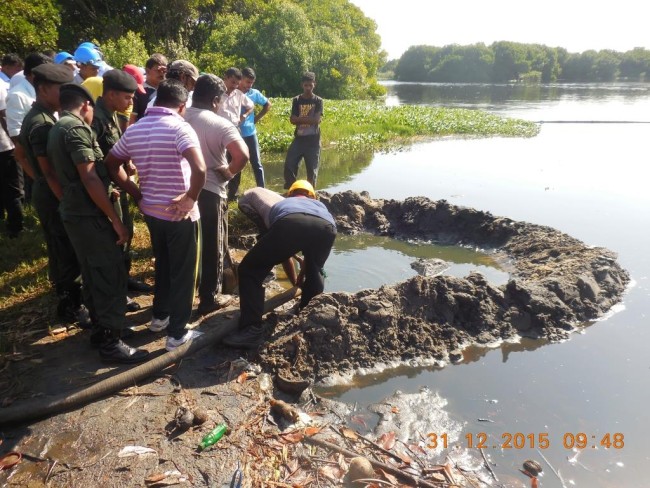
Everyone came together in cleaning up.
Apart from stakeholders such as the MEPA itself, the Department of Coast Guard, Sri Lanka Navy, Ceylon Petroleum Corporation (CPC) and the CPSTL, the locals, too, helped remove some of oil.
Perera added that as of now, “there is nothing on the surface anymore, the oil slick has been removed. What has collected at the edges of the lagoon will naturally decay.”
According to this report in The Sunday Times, however, microbiologist and eco-toxicologist at the University of Jayawardenapura, Professor M. M. Padmalal, is quoted saying that it would take around three to four years for the oil to disintegrate naturally. He has also said that “by that time birds, fish and reptiles would have consumed contaminated food and would become prone to chronic diseases and genetic disorders.”
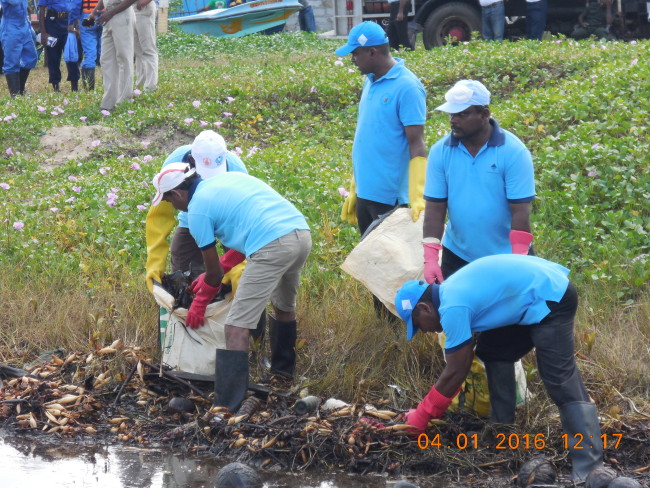
According to MEPA, what can be cleaned has already been cleaned.
While the MEPA stated that there is nothing more that can be removed, there are some residual remains in the areas with a heavy growth of mangroves. “It isn’t possible to go in,” Rear Admiral Perera said. “The people will get affected because manual handling is dangerous.”
It would seem that the most we can hope for, at this point, is rain to help wash away the oil that has remained.
The Guilty Party
The MEPA has lodged a complaint with the Bopitiya police and will be suing the CPSTL for compensation, to cover the expenses incurred by the various departments who aided the clean-up. When asked if the local fishermen were badly affected, Rear Admiral Perera explained that very few fishermen actually fish in the lagoon itself but there are around 40 houses by the side of the lagoon, whose residents have been affected. “The toxic gas and smell has created problems for the locals and the CPSTL will have to pay compensation.”
Thilak Kariyawasam added that before oil pipes are laid through wetlands, there should be an environmental assessment – which was not done, in this case. He explained that although the pipes predate the 1980 environmental policy and standards, there are certain guidelines that need to be fulfilled, particularly with regard to replacement of the pipelines. “In this case, they haven’t conducted the required environmental assessment,” he said.
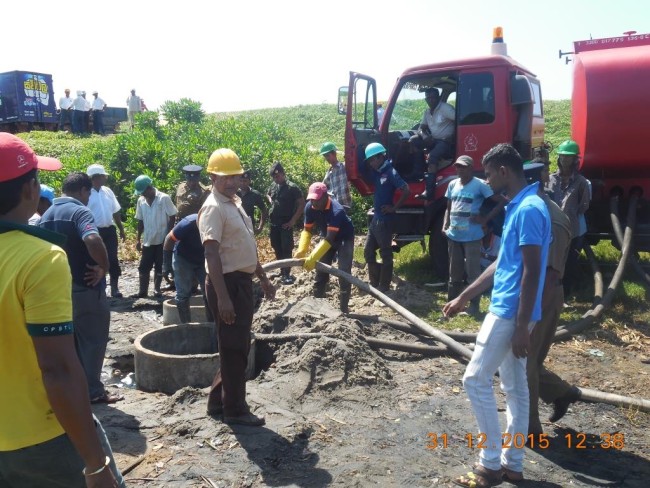
Pipes were laid without following any regulations or assessments pre-1980.
Kariyawasam added that there are more pipelines around the country, which were also laid before the 1980s. Additionally, according to this report, prior to the Muthurajawela oil leak, the Attorney General’s Department had warned of the possibility of a disaster due to the poor conditions of pipelines carrying fuel from ships to storage tanks.
“This is a lesson we need to heed for the future. Environmental studies need to be conducted to minimise impact to the environment,” Kariyawasam said.
In this age of rapid climate change and increased pollution, we cannot afford disasters of this magnitude. The worst possible way to learn a lesson is after a disaster – and especially where the environment is concerned, there should be no room allowed for mistakes, right from the outset.
*All images courtesy of Marine Environmental Protection Authority (MEPA)


